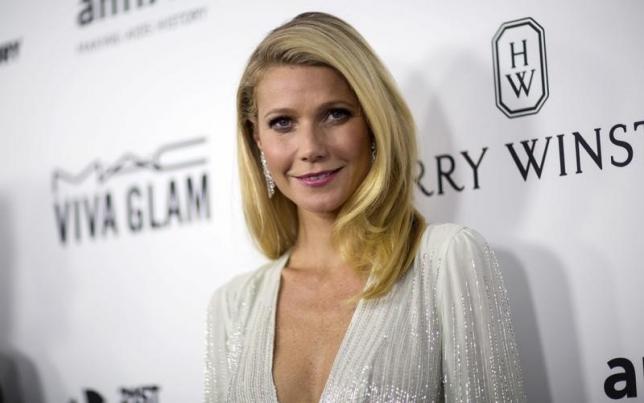
The Vietnam War was the first war that woman covered in significant numbers. Some women found that their very visibility meant they were noticed at press conferences and their questions were often answered first. However, even when they were paid to write from and about a woman’s perspective, women faced prejudice and suspicion from the American military, the Vietnamese forces and even their male colleagues. Some women were reluctant to cover human-interest war stories, both because of the stereotype that women were more attuned to the “human side” of war, and because these stories were more likely to be cut. The number of women who refused to write as women or complained about being assigned according to gender stereotypes suggests that the problem was not so much gender differences as out-and-out sexism.
Some women journalists agree with the idea that female journalists offer a different, more “human” perspective on the news, but many reject that notion, insisting that news is news, regardless of who covers it. While women have increasing influence in newsrooms all over the developed world and are even starting to gain a foothold in many developing countries, Pakistan still has a very long way to go before it can claim to have anything approaching gender equality in the newsroom. Certainly, there are women journalists being hired as news presenters and hosting political talk shows, but female reporters still encounter outdated stereotypes on a daily basis. Being judged as a “cute face for TV” or “too ugly for TV” is still very much a part of a female journalist’s reality and personal appearance continues to play a major role in determining whether a woman gets hired or not.
As bad as career prospects are for women journalists in Pakistan as a whole, the situation is much worse in Balochistan. Sharing a long, porous border with Iran and war-torn Afghanistan, the province comprises almost 44 per cent of the total landmass of the country. Beset for decades by militancy and sectarian violence, it faces a daunting array of problems, from extreme poverty to substandard healthcare and a poor educational infrastructure.
To global players, Balochistan’s strategic location, the multibillion-dollar CPEC projects, and the area’s potential as an international gateway for trade and commerce warrant making the province the focus of significantly more attention than it has enjoyed in the past.
Yet while there is clearly a lot going on in the province, there is precious little in-depth coverage of it in the media. And while Quetta-based reporters do cover some stories, those reporters are overwhelmingly male. Incredibly, there are almost no trained women reporters in a province where many of the worst problems — war, militancy, natural disasters and poor health and education infrastructure — disproportionately affect women and children.
The dearth of women journalists in Balochistan is symptomatic of a larger problem — the society’s disregard for women’s voices and women’s problems in general. Since 2006, a warlike atmosphere has prevailed in the province, yet detailed stories about the suffering endured by families, and about women and children in particular, are extremely rare. The problem is not simply indifference to the plight of women and children, though that clearly plays a role. In this highly conservative society, it is hard for a woman to talk to a male reporter and next to impossible for a male reporter to approach a woman unless she is accompanied by a male chaperone. So even when there is a desire to cover such stories, societal norms get in the way.
In the entire province there are mere seven women journalists, constituting less than one per cent of the total number of journalists in Balochistan. Of those seven, one has left the country while the remaining six are based in Quetta and assigned to covering routine news stories within the radius of downtown and the outskirts of the city. Outside of Quetta, in the 31 outlying districts of the province, there is not a single practising woman journalist. Given the workload and time constraints under which these six women work, it is understandable that they rarely, if ever, get to cover women issues. Even with the best will in the world it would be difficult for them to dedicate the necessary time and attention to more in-depth, women-focused stories. Adding insult to injury, these six women have to endure not just a heavy workload and tight deadlines but also the lowest pay among their colleagues.
There are additional constraints on women journalists in Balochistan. Given the lack of security and the volatile political climate, covering night shifts can be a problem for them. In a society where it is unusual for an unaccompanied woman to move freely, especially at night, the security threat provides media outlets with ample reason not to hire women. I personally believe this is a grave injustice. Journalism needs women. It needs women covering the news, and women — their lives, their families, their problems and their concerns — covered by the news. Women’s concerns are, after all, human concerns. They deserve equal treatment from the journalistic profession. Anything less is an insult to freedom of expression and a violation of human rights.
Rather than looking for excuses not to hire women, the profession should be seeking out solutions that would provide them with a safer work environment. Instead, the open bias in favour of male reporters means that women get no encouragement either from their families or the media outlets to join the profession.
It is not just societal pressure that makes the environment difficult for woman reporters. Low pay, long work hours and a six-day workweek also have a negative effect on the number of women joining the profession. Factor in the generally unsupportive environment for all journalists, male and female, in Balochistan and the picture becomes even clearer. The province boasts over 150 newspapers, but a mere 15 have proper offices. The rest can only publish when they receive advertising copy from the government of Balochistan, a major source of income for newspapers. This means that most of the newspaper editorial policies are subject to government influence. And this in turn, results in a lack of open discussion and the suppression of news stories on sensitive issues, such as the deteriorating law and order situation.
With problems like this to contend with, is it any wonder that issues such as the dearth of women journalists in Balochistan and poor coverage of stories relating to women and children in the province never rise to the top of the agenda?
Published in The Express Tribune, June 3rd, 2017.
Like Opinion & Editorial on Facebook, follow @ETOpEd on Twitter to receive all updates on all our daily pieces.

1729137363-0/Liam-Payne-fans-(1)1729137363-0-165x106.webp)












COMMENTS
Comments are moderated and generally will be posted if they are on-topic and not abusive.
For more information, please see our Comments FAQ